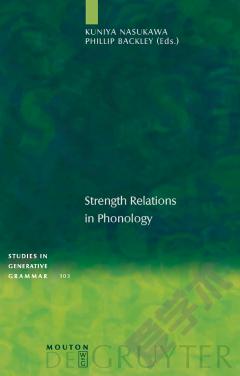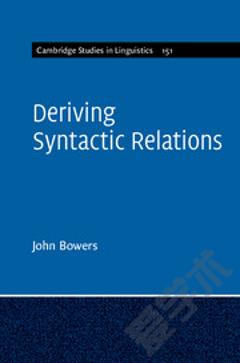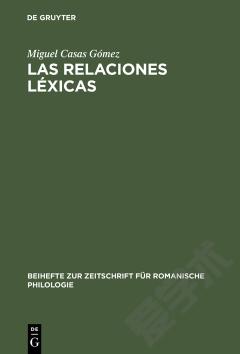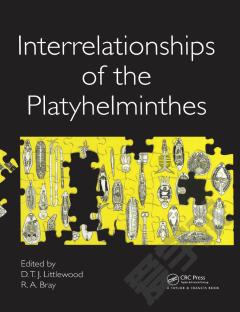Strength Relations In Phonology
This collection of papers focuses on the general theme of phonological strength, bringing together current work being undertaken in a variety of leading theoretical frameworks. Its aim is to show how referring directly to strength relations can facilitate explanation in different parts of the phonological grammar. The papers introduce illuminating data from a wide range of languages including English, Dutch, German, Greek, Japanese, Bambara, Yuhup, Nivkh, Sesotho and other Bantu systems, demonstrating how strength differences are central to the analysis of phonological patterning not only in well-documented cases of segmental asymmetry but also in other areas of description including language acquisition, pitch accent patterns and tonal phenomena. All of the contributors agree on the need for a phonological (as opposed to a phonetic) approach to the question of strength differences, and show how a strength-based analysis may proceed in various theoretical models including Dependency Phonology, Government Phonology, Strict CV Phonology and Optimality Theory.
{{comment.content}}








 京公网安备 11010802027623号
京公网安备 11010802027623号